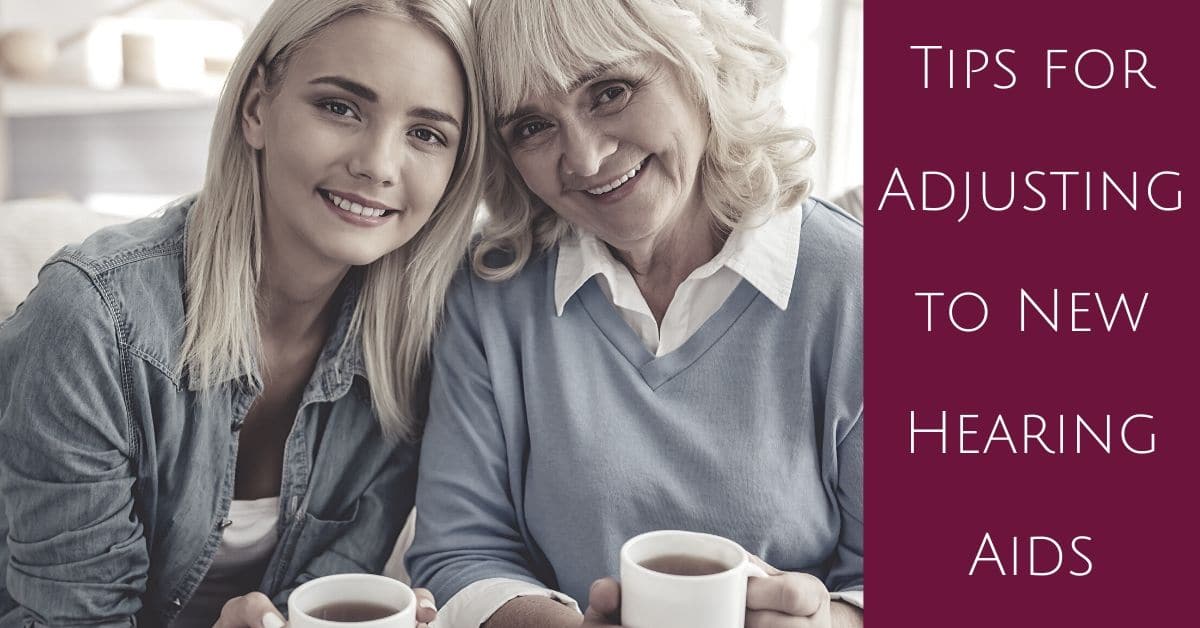
Hearing loss often happens slowly over long periods of time, so it can be difficult to track in the moment. It is possible to look back for signs, however: when you began turning up the volume on the television and radio, when you began asking friends and family to repeat themselves, et cetera. Most people wait an average of 7 years before getting a hearing aid and forget what it is like to have normal hearing.
Adjusting to new hearing aids is less like wearing glasses to correct your vision and more like learning how to hear again. A hearing aid will help you hear differently and your hearing health care professional will help along the way.
Fitting
After having your hearing tested by an audiologist, or other hearing health specialist, they will thoroughly diagnose your results and discuss them with you. They will explain each ear’s hearing ability and recommended next steps, and being fitted for a hearing aid is a common recommendation.
When you have a fitting appointment with your hearing health care professional, they will fit you with a hearing aid based on your specific needs. Before selecting a hearing aid that might best suit you, your doctor will ask you questions about your lifestyle and you should answer with as much detail as possible.
Do you live in a quiet environment or in a home with a big family? Some people have trouble hearing high pitched sounds of women and children, so this information would be essential to ensuring your hearing aid is tuned to recognize those tones and pitches. If you are employed, do you work in a cubicle or in a busy restaurant? The Centers for Disease Control and Prevention estimates that about 25 percent of hearing loss in America is job related, so this information is helpful for your doctor.
When booking your appointment, it is a good idea to clear your day so that you are not feeling rushed to leave the office. There is a lot of information to go over and you want to ensure that you have time to ask any questions you may have.
Your hearing aid will be physically fitted to sit comfortably around or in your ear and your doctor will also test that the device’s settings are programmed correctly. You will receive instructions on how to operate and care for your new hearing aid. The information may be a bit overwhelming, but your doctor is there to address any questions you have and take the time to help you understand, during and beyond the appointment.
Some Best Practices
Be patient as you are getting used to your new hearing aid. You will be experiencing the physical feel of wearing one or two devices on your ears and also beginning to hear differently. It may take some time to get to a place where you are hearing comfortably, but it is important to be consistent in wearing your hearing aids.
It is important to keep wearing your hearing aids, even when they might be irritating or functionally frustrating. Remember, you are also re-training your brain to listen again and consistency is key. You will also be in regular communication with your audiologist during the fitting process and you have to inform them about how the device is working. This will allow them to fit the hearing aids more accurately, in turn making them work better for you.
You should also be keenly aware of your hearing in different environments and circumstances as you retrain your ears and brain to hear. When some sounds appear closer than they are or if you have trouble hearing certain frequencies, these are all things can your audiologist or hearing specialist can likely tune during a follow-up fitting appointment.
Conclusion
As you become comfortable with your new hearing aids, know that you are not alone in your journey. Your hearing health care professional is available to answer any questions you may have. They can also give you information about aural rehabilitation, a support system in place to help you in your transition to better hearing. The rehabilitation can be done on a home computer in person in a group setting. It can be a great way to meet and talk to other people living with hearing loss and share experiences.